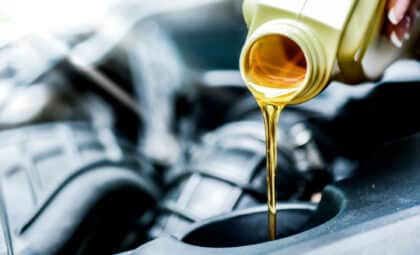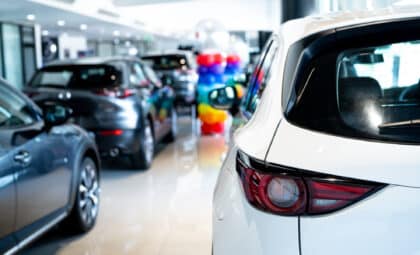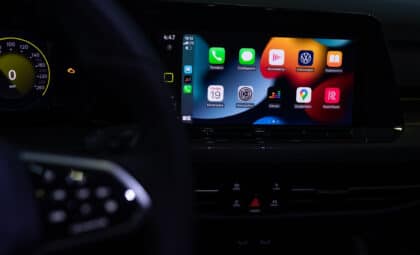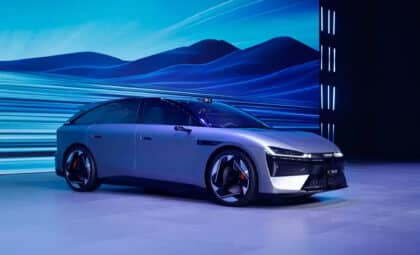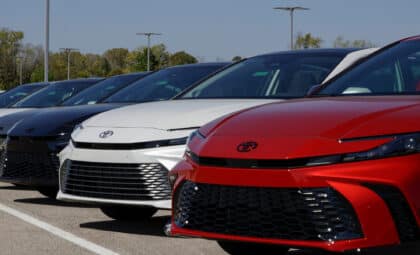Learn how a gas pump nozzle actually works
Getting gas is a daily task that we typically don’t think about while we’re doing it. You just pick up the nozzle and suddenly, your car is ready and raring to go for week or so. It seems almost magical, especially when the nozzle automatically turns off when your tank is full—kind of like there are little gas fairies in the nozzle that sprinkle some fairy dust and magically create gas.
It’s Electric: Mitsubishi Set to Add Electric Outlander Sport to lineup
Well, I’m sorry to burst your bubble. Turns out there are no fairies in gas pumps. I know—I was upset about it, too. Instead, there’s a whole lot of black magic engineering that goes into simply fueling up your car. And the president of the Husky Corporation in Missouri, which manufacturers the fuel pump nozzles you use every few weeks, has explained to us just how these gas pump nozzles work.
VIDEO: Find Out How Gas Pump Nozzles Work
Get ‘Em While They’re Young: See how the 2017 Mitsubishi Mirage targets younger drivers
A gas pump nozzle is all about vacuum and pressure. Each nozzle has a hole near the top that is eventually covered by gas when the proper fill level is reached. This shuts down the flow of air to the nozzle, causing it to automatically shut off as a diaphragm closes and stops the flow of fuel.
It’s physics, but it might as well be magic to a scientifically impaired person like me.
Everything makes a lot more sense once you watch the video. Do it, and be amazed.
A born-and-raised Jersey girl, Caitlin Moran has somehow found herself settled in Edinburgh, Scotland. When she’s not spending her days trying to remember which side of the road to drive on, Caitlin enjoys getting down and nerdy with English. She continues to combine her love of writing with her love of cars for The News Wheel, while also learning more about the European car market—including the fact that the Seat brand is pronounced “se-at” not “seat” as you might think. See more articles by Caitlin.



